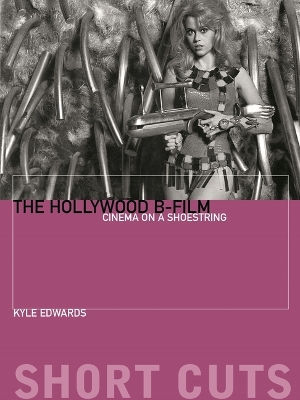Short Cuts
1 total work
The Hollywood B-Film offers readers a concise overview and compelling analysis of the so-called B-film in the United States between the late 1920s—when the emergence of the double-feature film exhibition format led to the creation of motion pictures intended for the bottom half of a theater's dual bill—and the contemporary period, when an increasing number of distribution channels and exhibition outlets for commercial feature films have shifted the B-film's traditional definition but not its cultural importance or pervasiveness.
Based to a significant degree on original, primary source research culled from film studio archives and from trade press, newspaper coverage, and other contemporary accounts, each chapter of this volume offers a clear and concise examination of a distinct period in the history of this vast but relatively unknown area of film history. Case studies explore Warner Bros.' B-film unit in the 1930s, Poverty Row stalwart Monogram Pictures in the 1940s and 1950s, independent upstart King Bros. in the 1960s and 1970s, and Quentin Tarantino's and Robert Rodriguez's homage to B-film excess in Grindhouse (2007).
Based to a significant degree on original, primary source research culled from film studio archives and from trade press, newspaper coverage, and other contemporary accounts, each chapter of this volume offers a clear and concise examination of a distinct period in the history of this vast but relatively unknown area of film history. Case studies explore Warner Bros.' B-film unit in the 1930s, Poverty Row stalwart Monogram Pictures in the 1940s and 1950s, independent upstart King Bros. in the 1960s and 1970s, and Quentin Tarantino's and Robert Rodriguez's homage to B-film excess in Grindhouse (2007).
